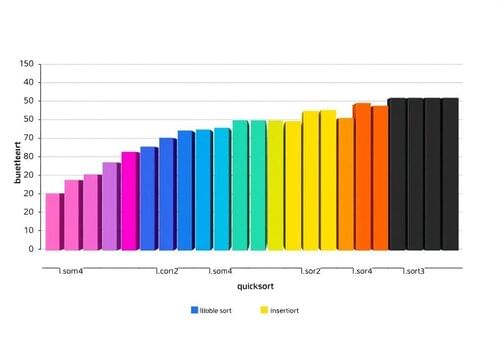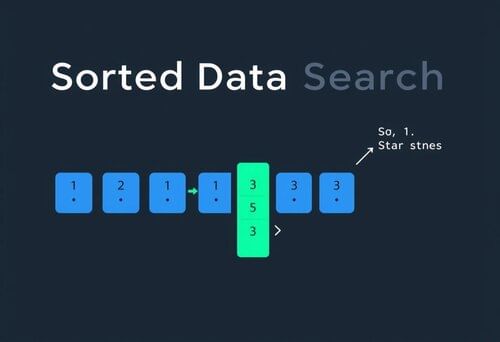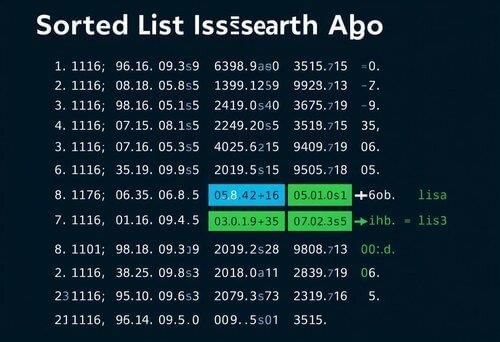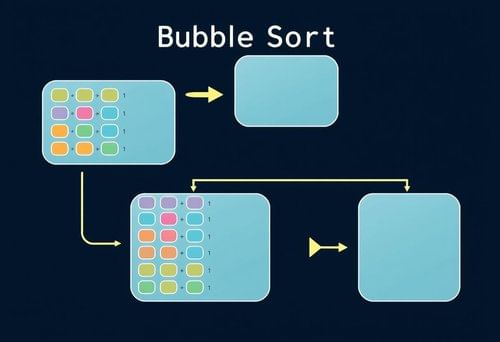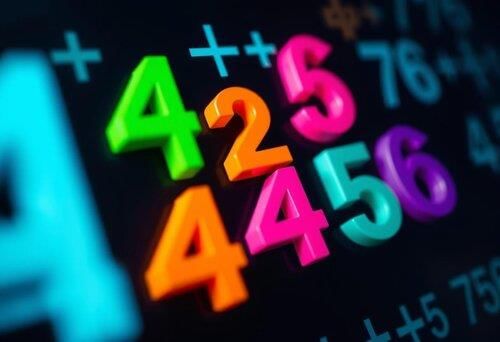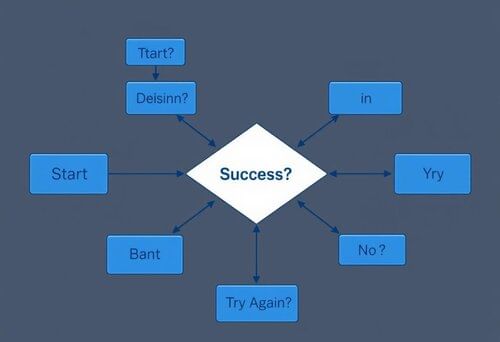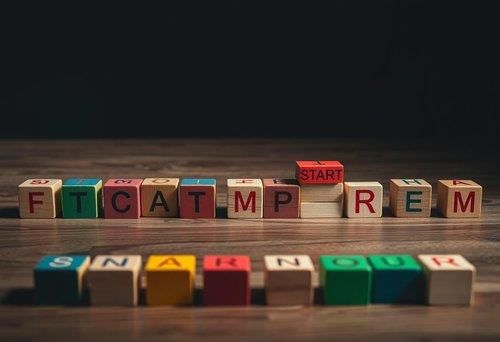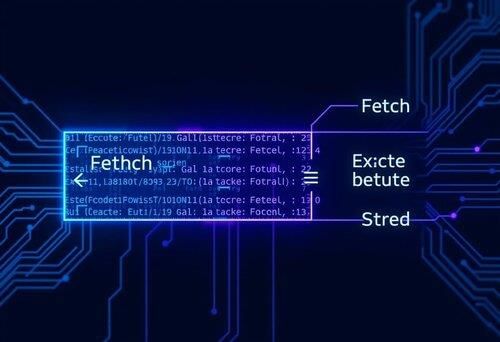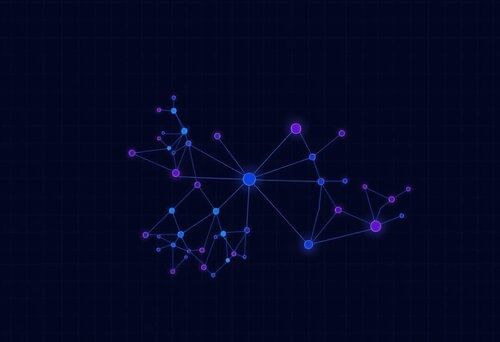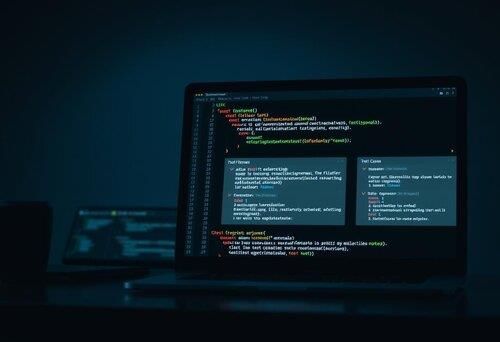AlgorithmThe Importance of Algorithms in Programming
|
Card: 2 / 50 |
|
Riddle: I can help you find a name in a list, but only if it's sorted right; I split and search, looking for the light. What am I? |
Card: 7 / 50 |
Bubble Sort vs Quick SortSorting Algorithms: Key Differences
|
Card: 10 / 50 |
|
Fill in the blank: A linear search checks each item in the list ___ until it finds the target item. |
Card: 11 / 50 |
RecipeSimple Algorithms Explained
|
Card: 14 / 50 |
|
Which sorting algorithm is described as simple and involves repeatedly stepping through a list? |
Card: 15 / 50 |
|
Fill in the blank: Algorithms can vary in complexity, from simple tasks like ___ two numbers to more complex tasks like sorting a list. |
Card: 17 / 50 |
|
What symbols are used in flowcharts to represent the beginning and end of an algorithm? |
Card: 19 / 50 |
|
Ovals are used to represent the beginning and end of an algorithm in flowcharts. 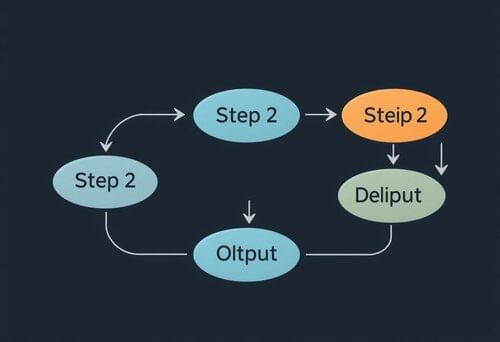 |
Card: 20 / 50 |
|
Fill in the blank: A rectangle in a flowchart represents a ___ in the algorithm. |
Card: 21 / 50 |
|
True or False: Pseudocode is a specific programming language used for writing algorithms. |
Card: 23 / 50 |
FalsePseudocode: Understanding Its Nature
|
Card: 24 / 50 |
 Unlock all Flashcards with EduRev Infinity Plan Starting from @ ₹99 only
|
PseudocodeThe Purpose of Pseudocode in Programming
|
Card: 26 / 50 |
|
Riddle: I show the steps you take, with shapes and lines in view. I help you understand algorithms, what am I? |
Card: 27 / 50 |
|
Fill in the blank: In pseudocode, the structure typically begins with ___ and ends with ___ |
Card: 31 / 50 |
A flowchartUnderstanding Algorithms with Flowcharts
|
Card: 34 / 50 |
Flowchart StepsMaking a Cup of Tea
|
Card: 36 / 50 |
|
What are the three basic programming concepts essential for understanding algorithms? |
Card: 37 / 50 |
|
Fill in the blank: A loop is used in programming to ___ a block of code multiple times. |
Card: 39 / 50 |
|
True or False: Conditional statements can only be used to check if a number is even. |
Card: 41 / 50 |
|
False. Conditional statements can check various conditions, not just whether a number is even. 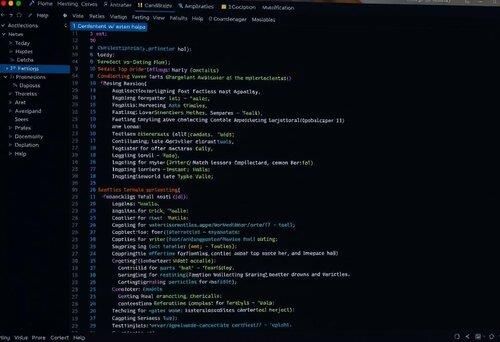 |
Card: 42 / 50 |
|
The first step is to clearly define the problem, including the goal and expected inputs and outputs.  |
Card: 44 / 50 |
|
Riddle: I can sum up numbers or repeat a task, I help in making decisions when conditions are asked. What am I? |
Card: 45 / 50 |
|
Fill in the blank: To ensure an algorithm works correctly, you must ___ it with different test cases. |
Card: 47 / 50 |
|
How can you break down a large problem into manageable steps when programming? |
Card: 49 / 50 |





